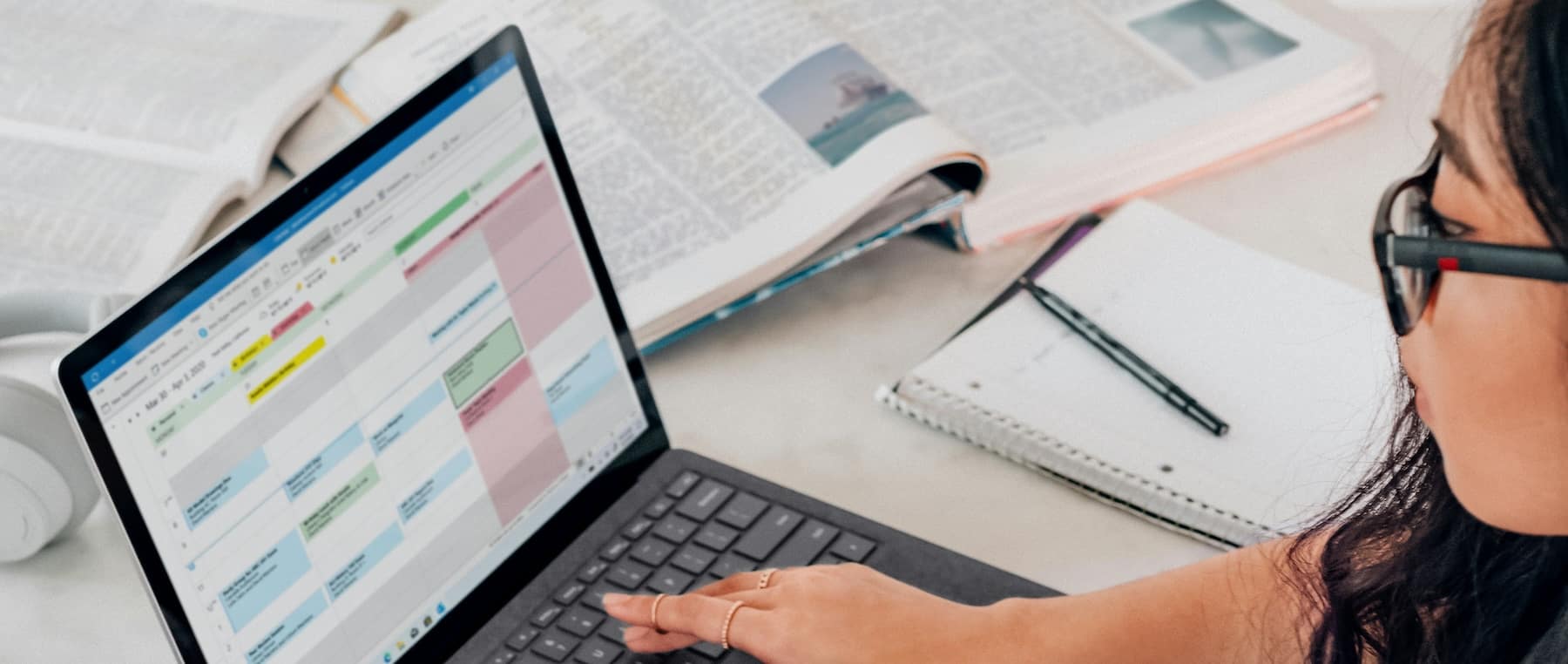Checking for adverse media is a crucial part of customer due diligence processes, aimed at uncovering any risks or allegations indicating an individual’s or business’ involvement in criminal activity. Being associated and having business relations with such parties can give rise to financial, reputational, and other types of risks to your business.
Onboarding clients with bad reputations or criminal allegations can put your organisation at risk of enabling money laundering and other unscrupulous activity. This not only opens your business up to fines, criminal proceedings and reputational damage, but can jeopardise the future success of your company entirely.
What is adverse media?
Put simply, adverse media is unfavourable news or information found in a number of reference sources. Generally considered to be news published by news outlets and wires, adverse media also includes other publications and sources that report on convictions, or alleged involvement in money laundering, terrorist financing, trafficking, sanctions and other illegal activity.
Adverse media sources can include traditional news sources and media, international databases of business and organisations, blogs, web articles and newswires including those which publish information on corruption and financial fraud.
What the regulators say about adverse media screening
The global Financial Action Task Force (FATF) includes adverse media screening in its anti-money laundering guidelines, forming part of its recommendations that organisations implement a ‘risk-based approach’ to compliance in order to “target their resources more effectively and apply preventive measures that are commensurate to the nature of risks, in order to focus their efforts in the most effective way.”
Similarly, the UK’s Financial Conduct Authority (FCA) mirrors the guidance set out by the FATF, stipulating that media screening should be conducted when onboarding new customers and during periodic reviews of existing relationships.
In an open letter to financial institutions in May 2021, the FCA stressed the significance of comprehensive adverse media screening – and to reiterate the importance of following up on any, and all, allegations of financial crime against customers.
“We identified instances where firms failed to assess alerted transactional activity against the established customer profile to validate the source of funds for high-value transactions. In one example we saw, a firm failed to do this despite adverse media allegations that funds had been obtained through illicit means, and that failure placed the firm at significant risk of facilitating money laundering.”
FCA Open Letter to Retail Banks, May 2021. Read in full here.
What impact does adverse media have on AML risk assessment?
Adverse media screening plays an important role in AML risk assessments.
As part of their AML responsibilities, regulated firms must conduct Know Your Customer (KYC) checks and enhanced due diligence for high-risk customers. Identifying any negative news about a customer (be it an individual or a business) is often a trigger for EDD to take place. If a potential or existing client has been associated with adverse media, especially related to financial crime, corruption, or other illicit activities, more rigorous checks and ongoing monitoring may be required during the onboarding process.
Many regulated institutions often assign risk ratings to clients based on a variety of factors. Adverse media can influence this rating, leading an entity or individual to be categorised as higher risk, which can subsequently determine the frequency and depth of EDD checks.
This is due to the fact that being associated with entities or individuals that have been negatively portrayed in the media can expose a financial institution or regulated business to reputational risk. Adverse media can act as a warning sign and help firms to avoid dealing with parties that might damage their reputation.
What’s more, most regulatory frameworks require financial institutions to perform adverse media checks as part of their AML/CFT (Counter-Financing of Terrorism) obligations. Failing to do so can lead to non-compliance and associated penalties.
Ultimately, screening for adverse media is a key step in a firm’s decision making process and can affect client onboarding and the continuation of business relationships.
How to check for adverse media
Adverse media screening involves monitoring global media sources for evidence of a customer’s involvement or alleged involvement in suspicious activity.
In today’s world, anyone online can become a publisher of ‘news’. The likes of Twitter, online blogging and forums such as Reddit can, pretty much, allow any of us to publish ‘news’. Though hearsay, gossip and rumours can soon become rampant, muddying the waters of legitimate, accurate news.
A critical step in screening for adverse media is to use reputable, credible and current news sources – whether official news outlets, government websites, judiciary databases, regulatory body updates or credible online media sources.
Where to conduct adverse media screening
Adverse media screening tools
There are various technology platforms designed specifically for adverse media screening. They use advanced technology to scour the web and media sources for any negative reports related to a given subject.
News aggregators
Platforms like Google News or Bing News can provide a vast range of news articles and reports from various sources. Regular searches using these tools can be effective, especially for smaller firms without access to specialised screening tools.
Public and private databases
Compliance professionals can check individuals and companies against law enforcement databases, regulatory authority publications, or international blacklists such as the UK Sanctions list, FATF’s grey and black lists, or the Office of Foreign Assets Control (OFAC) list.
Subscription-based news services
These are professional news services that provide deeper insights and coverage than standard news outlets. Reuters, Bloomberg, and The Financial Times are some examples.
Manual monitoring
Designate a team or individual to regularly monitor leading newspapers, magazines, and broadcast news for relevant information. This method, while time-intensive, provides a human touch that can be essential for more complex situations.
Using modern compliance technology for adverse media screening
Automated compliance technologies help businesses to swiftly analyse the deluge of information available today and alert you to key updates or flags on an individual or company. Using software for your adverse media monitoring can help you to focus on the most relevant alerts and significantly improve your ability to screen customers according to your business’ risk appetite.
Given the rapid growth of the digital information landscape, the task of manually screening adverse media or negative news becomes increasingly impractical. This is where RegTech can step in, offering solutions that automate, optimise, and enhance adverse media screening.
With the use of RegTech tools, regulated firms can automate the screening of vast amounts of data against predefined parameters or watchlists. Instead of relying on human resources to manually check each customer against various media sources, RegTech solutions can scan millions of data points, news sources, and media outlets in real-time, flagging potential risks for review.
RegTech platforms often come with the capability to integrate multiple data sources, ensuring a more holistic screening process. They can pull information from news aggregators, law enforcement databases, international blacklists, and other essential resources, giving a complete view of potential risks at a glance.
These tools are a game-changer in AML compliance and risk management. RegTech provides tools that are not only efficient but also significantly more effective than traditional methods. As the regulatory environment continues to evolve and the digital information landscape expands, the adoption of RegTech solutions for adverse media screening will likely become standard practice for forward-thinking institutions.
Last updated: Thursday 16th November 2023







